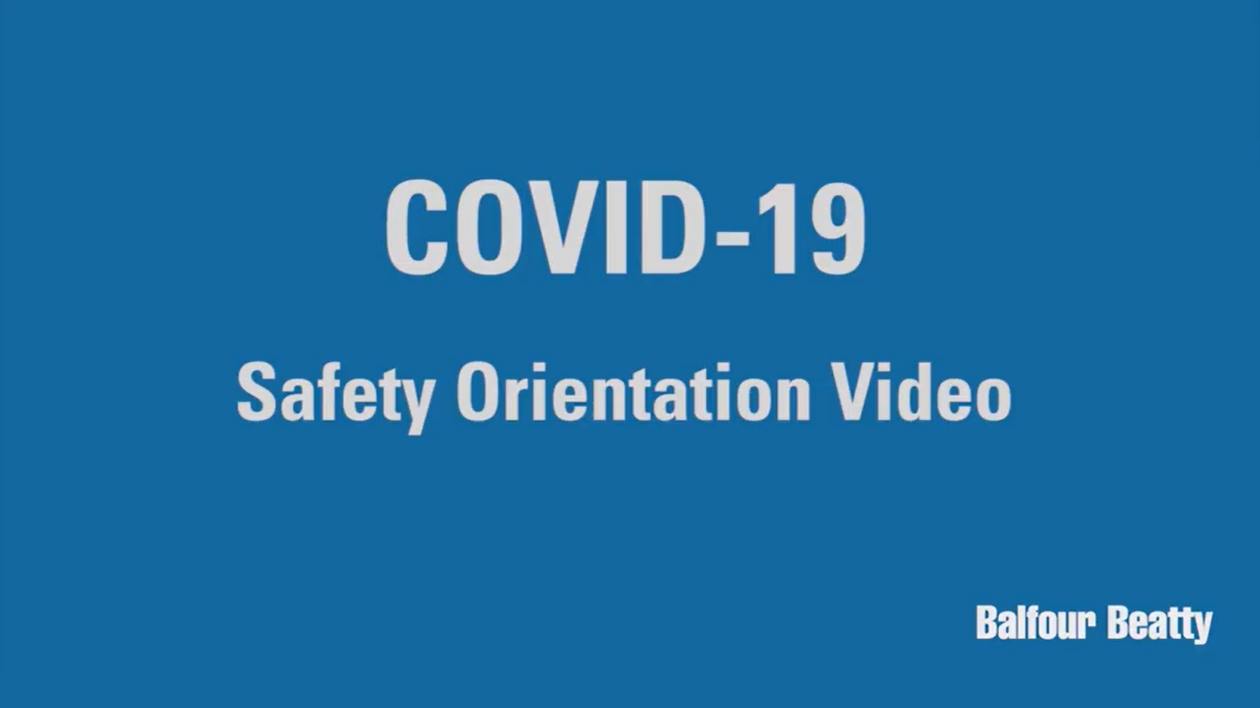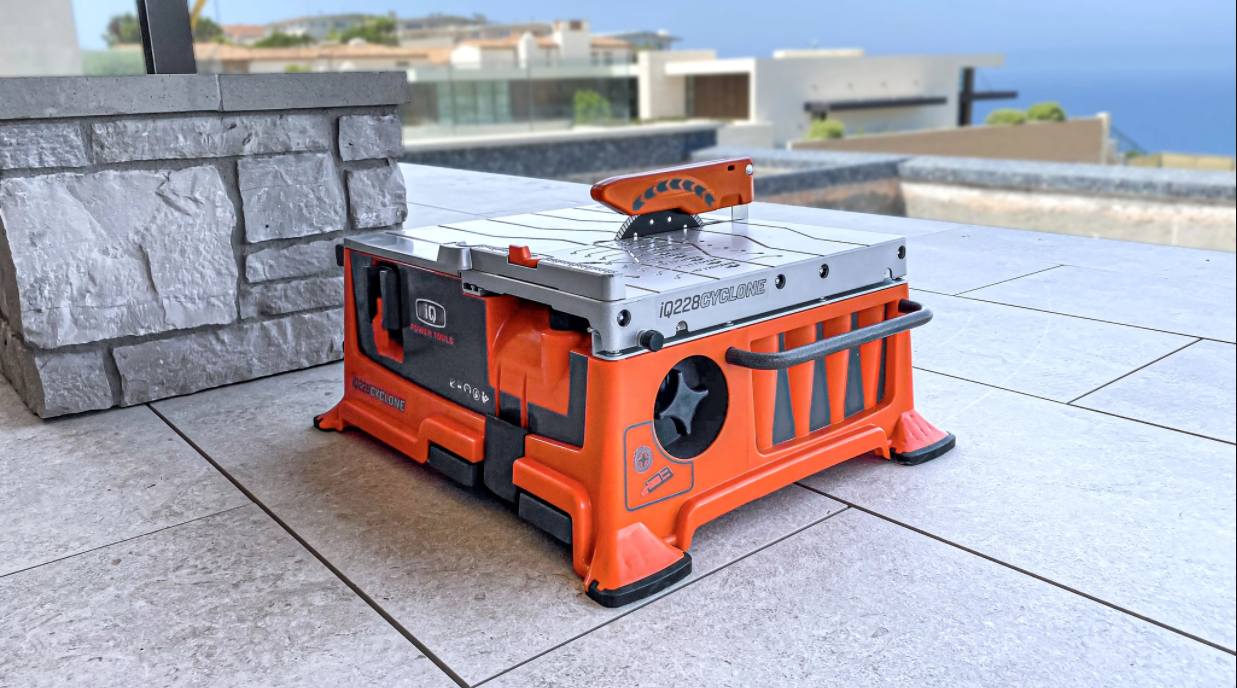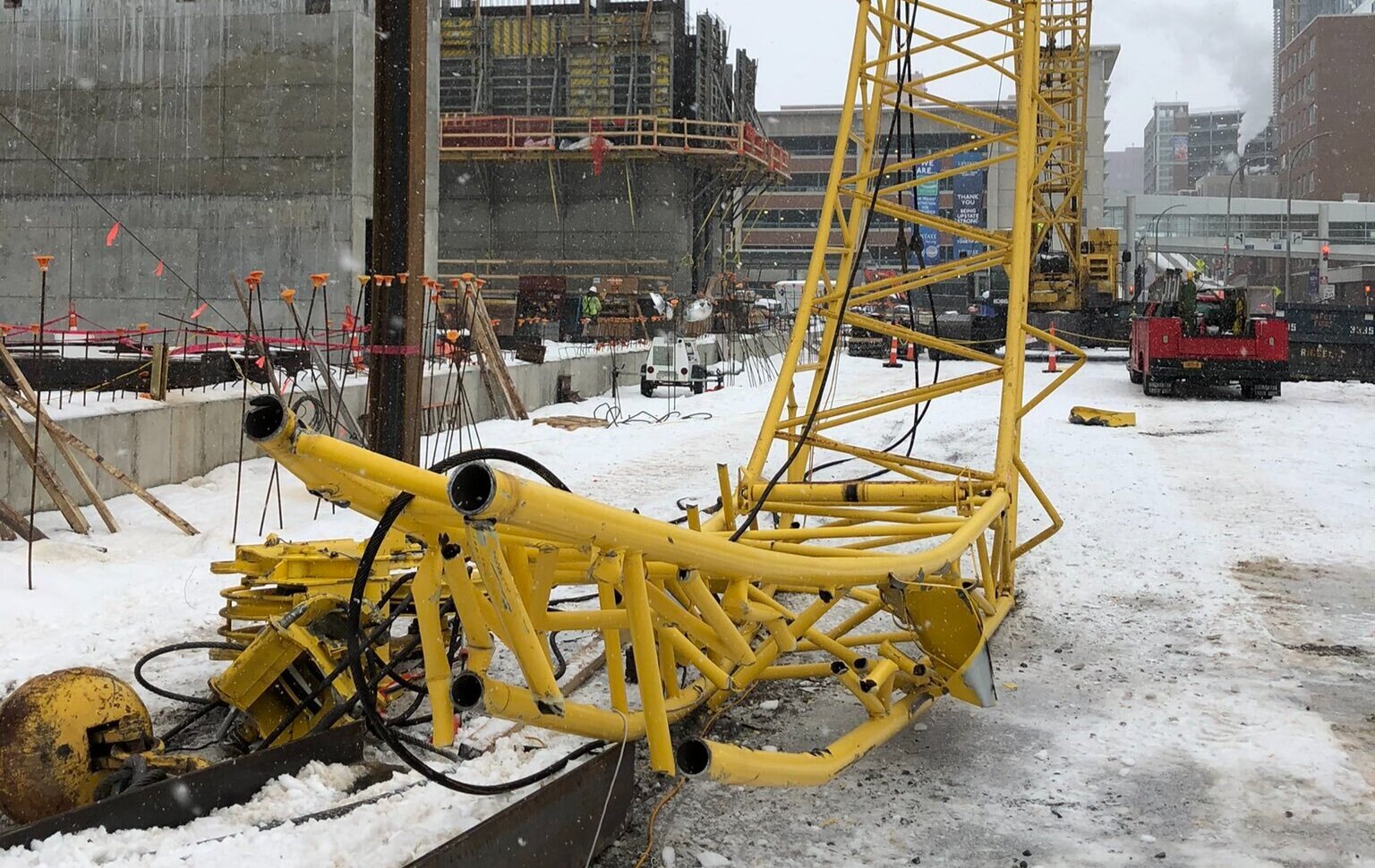photo by Andy Rogers, CC BY-SA 2.0
Trenches and excavations are dug on the majority of construction projects, mostly for foundations, utilities, among other purposes. When construction workers have to enter those trenches and excavations, there are a variety of hazards that exist, the biggest hazards being cave-ins. A cubic yard of soil can weigh over 2,000 pounds, nearly the weight of the average car, so without proper protections for that worker, he or she can be killed or severely injured.
In late 2016, OSHA issued a press release stating that deaths caused by trench collapse had doubled over the previous year, which was a truly unacceptable trend. There is no excuse to expose a worker to a trenching or excavation hazard and many governmental bodies have begun cracking down on those who allow that to happen on their jobsites. For example, a construction foreman was convicted of Criminally Negligent Homicide and Reckless Endangerment in 2016 after a 22 year old work was killed by a trench collapse on his jobsite.
To begin to reverse the disturbing trend of rising trenching and excavation injuries and deaths, OSHA has identified the hazard as one of their 2018 priority goals. Led by Goal Leader Loren Sweatt, Deputy Assistant Secretary for Occupational Safety and Health and Deputy Goal Leader Dean McKenzie, Director, Directorate of Construction, OSHA aims to “increase trenching and excavation hazards abated by 10% compared to FY2017 through inspections and compliance assistance at workplaces covered by the Occupational Safety and Health Administration” by September 30, 2019, per the Department of Labor’s (DOL) Agency Priority Goals website.
In addition to what sounds like a higher emphasis on inspecting jobsites with open excavations, OSHA also plans to “issue public service announcements, support the National Utility Contractors Association’s 2018 Trench Safety Stand Down, update online resources on trench safety, and work with other industry associations and public utility companies to create an effective public-private effort to save lives,” according to their email newsletter.
OSHA is also currently working on updating their directive titled “Special Emphasis: Trenching and Excavation,” which was originally released in 1985.
In addition to Trenching and Excavation Hazards, the DOL also plans to focus on combatting the opioid epidemic and expanding apprenticeship programs for job creation, both of which are greatly affecting the construction industry currently.











Last summer, Hilti announced that they had developed their first exoskeleton designed for construction tradespeople in a partnership with Ottobuck, a prosthetics, orthotics, and exoskeleton provider. Earlier this month, Hilti officially released the exoskeleton, announced more details, and published its retail price on their website.